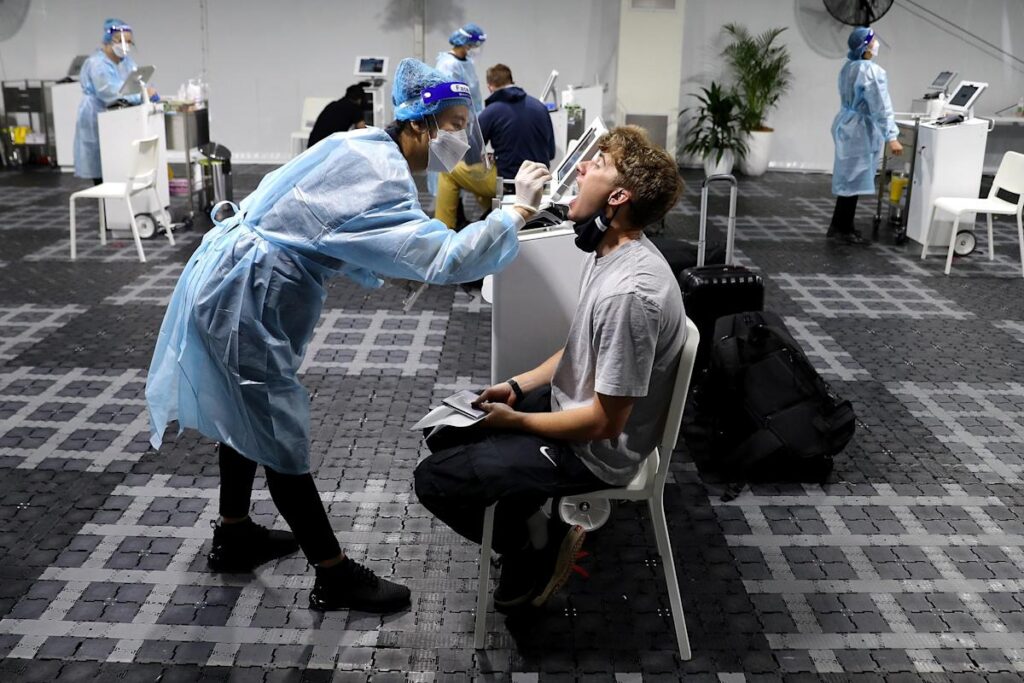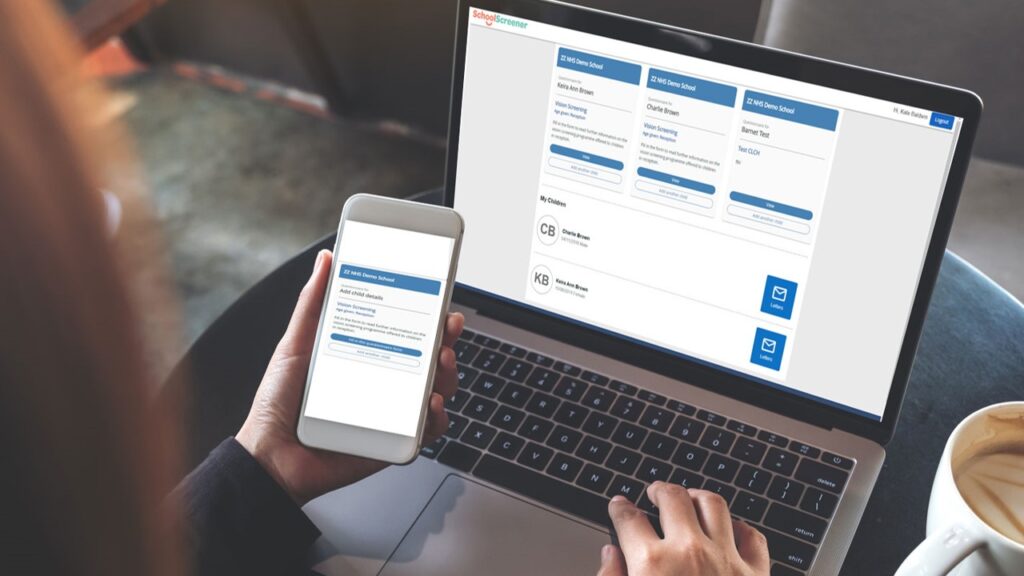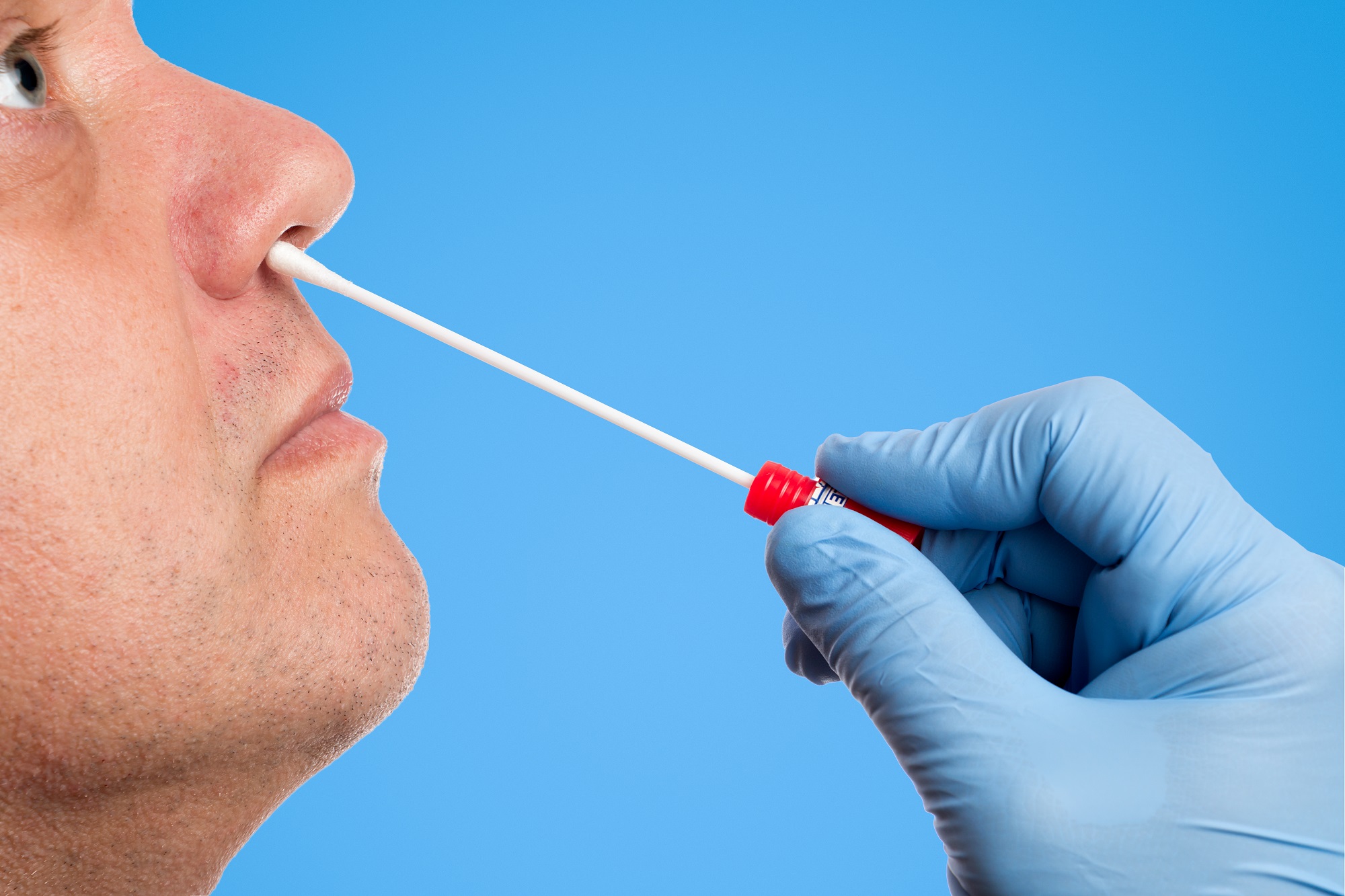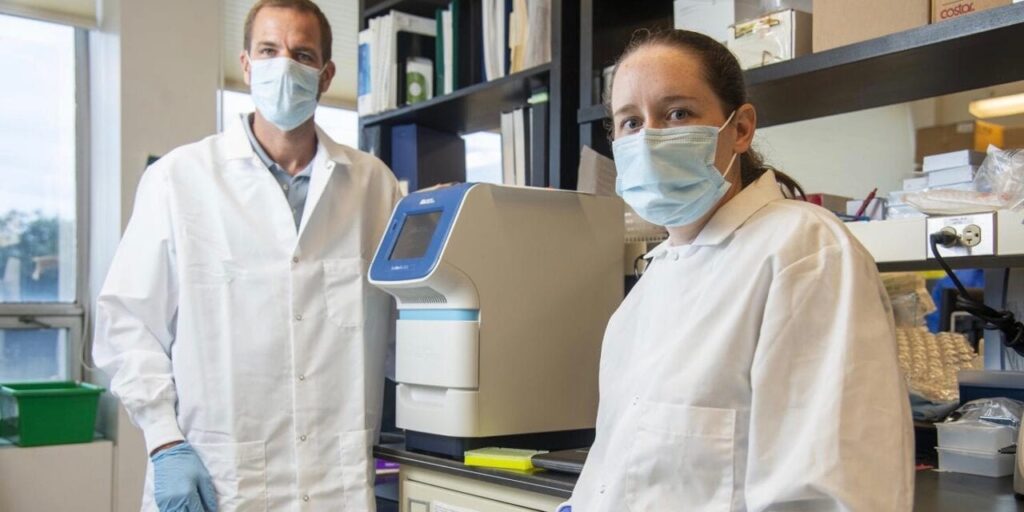Common signs in kids that require rapid antigen test
It’s a significant error to think children are exempted from having COVID 19. As a matter of fact, children are prone to contact coronavirus more than adults. And why is that? Children cannot carefully and perfectly observe the precautionary measures to prevent COVID. So, parents and guardians need to be watchful and increase their attention to their wards.
Dear reader, we urge you to pay attention to the details here. Don’t just overlook the matter of coronavirus as though it is not existing. This deadly virus has come to stay. We can say that countless times. Therefore, if this fatal virus has come to stay, we also must increase our level of attentiveness and rapid antigen tests. Any time we see traces, signs, or symptoms of COVID 19, both adults and our children, we mustn’t joke about it. There are other write-ups on how adults can focus on playing their part to subdue the power of coronavirus. Learn more essential things to consider before buying a rapid antigen test online.
So, how about the children? Our focus should also be on the kids. In this article, we’ll discuss the meaning of a rapid antigen test and the common signs in kids requiring immediate attention. We implore parents and guardians to shun all distractions right now and follow our precepts.

What is a rapid antigen test?
Organizing a meeting with a medical practitioner for examination doesn’t work in the case of coronavirus. The situation worsened to the extent that even health workers are scared of moving closer to someone infected with COVID. Are you wondering why? Health workers are also human beings. They can also contact this deadly virus. So, PCR is not solving the problem as it were. Therefore, something new must happen. And today, the introduction of rapid antigen test have given out a tip or scope on reducing the spread of COVID 19. A rapid antigen test is a medical equipment that detects COVID 19 variants. It is a self-test mechanism that every individual can operate. If you have this medical tool, you’ll be able to tell if you’re living with coronavirus or not. Now, the medical test must be done constantly. That is how we can reduce the spread of coronavirus. With that said, the best approach is for everyone to have this simple medical tool (rapid antigen test) at home. It is easy to read. This tool is just like a pregnancy test tool that a woman can tell whether she’s pregnant or not without a doctor’s interference. The same approach applies to rapid antigen tests. With this unique tool, one can perform a medical examination on oneself and interpret the result by oneself. Isn’t that amazing?
Therefore, parents can administer this test to their wards to know if there is a COVID variant in their body system. However, what signs can you see in kids before administering this test to them? And that’s what we want to talk about now.
Commons signs that show RAT should be run on kids
- Shortness of breath: Parents must be sound and watchful. If you notice your child finds it so hard to breathe while sleeping or playing, there should be a cause for alarm. Don’t just assume that the child may be battling other sicknesses. Get a rapid antigen test and run it on the child. The first thing to do is to know if the child is not infected with COVID. You can get this medical tool we’ve been talking about in a medical equipment store around you.

- Feeling tired or exhausted: A child might be feeling tired or weary. The child needs to be attended to. One scary thing about C0VID is that its symptoms are just like the normal symptoms of another sickness. That way, one may assume that one is battling illnesses like malaria and typhoid. Hence, parents must carefully observe their kids. The moment you notice your child feeling exhausted, try and run the RAT on such child.
- Feeling sick: If your child is complaining of fever or you feel that your child is sick, you need to cry out for help. Parents must note that not all kids can express how they feel. We mean, kids at their tender age cannot describe their feelings. That is why parents must be observant. Therefore, if you notice your child is feeling feverish, you must first try to run a rapid antigen test on such a child. Then, after the test has been carried out on the child, and the result is negative, you can now think of other means. One of the severe symptoms of COVID is being sick. Therefore, we must take care of our children.
- A blocked nose: If your child’s nose is blocked, such a child might be nursing COVID variants in her body system. Then, how can you know if this is true? You can know this by running a rapid antigen test on your child. This medical tool we are talking about here is essential these days. It should be in every home. Please don’t misquote us. We are not saying the only symptom of coronavirus is a blocked nose. We are only telling a test that’ll show that one is free and safe from coronavirus should come first. If it doesn’t come first, others in the home might be affected.
- Loss of appetite: Some parents have taken this for granted and later blame themselves. Please don’t join the league of people that will assume that it is normal for a child not to eat. The body needs food to grow. The moment your child is not concentrating on food that should send a signal to you that something is wrong. The first thing is to test the child’s body system. A rapid antigen test should be carried out on a child finding it hard to eat. Don’t just overlook it. It’s a serious matter that needs urgent attention.
On a final note
Dear reader, excuses are genuine when one lacks information. But the moment things have been revealed to you, we don’t expect you to lay down reasons. Thus, the above-listed information is enough for you. Take care of your children.







